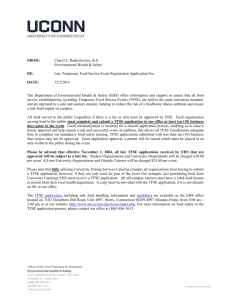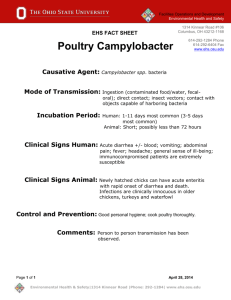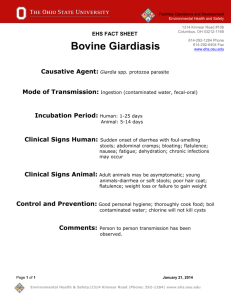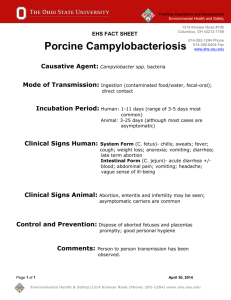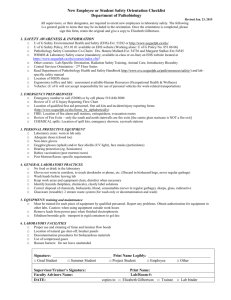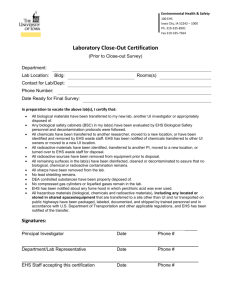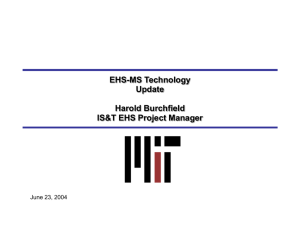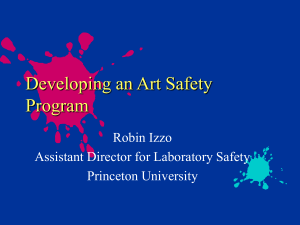word - Penn State Behrend
advertisement
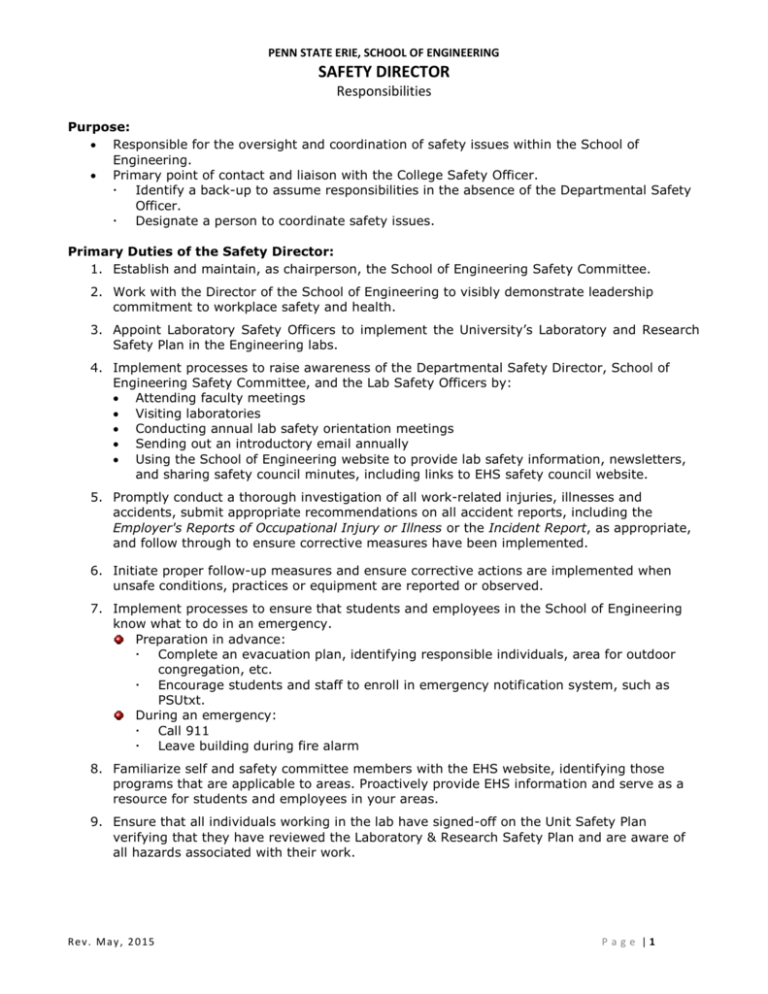
PENN STATE ERIE, SCHOOL OF ENGINEERING SAFETY DIRECTOR Responsibilities Purpose: Responsible for the oversight and coordination of safety issues within the School of Engineering. Primary point of contact and liaison with the College Safety Officer. Identify a back-up to assume responsibilities in the absence of the Departmental Safety Officer. Designate a person to coordinate safety issues. Primary Duties of the Safety Director: 1. Establish and maintain, as chairperson, the School of Engineering Safety Committee. 2. Work with the Director of the School of Engineering to visibly demonstrate leadership commitment to workplace safety and health. 3. Appoint Laboratory Safety Officers to implement the University’s Laboratory and Research Safety Plan in the Engineering labs. 4. Implement processes to raise awareness of the Departmental Safety Director, School of Engineering Safety Committee, and the Lab Safety Officers by: Attending faculty meetings Visiting laboratories Conducting annual lab safety orientation meetings Sending out an introductory email annually Using the School of Engineering website to provide lab safety information, newsletters, and sharing safety council minutes, including links to EHS safety council website. 5. Promptly conduct a thorough investigation of all work-related injuries, illnesses and accidents, submit appropriate recommendations on all accident reports, including the Employer's Reports of Occupational Injury or Illness or the Incident Report, as appropriate, and follow through to ensure corrective measures have been implemented. 6. Initiate proper follow-up measures and ensure corrective actions are implemented when unsafe conditions, practices or equipment are reported or observed. 7. Implement processes to ensure that students and employees in the School of Engineering know what to do in an emergency. Preparation in advance: Complete an evacuation plan, identifying responsible individuals, area for outdoor congregation, etc. Encourage students and staff to enroll in emergency notification system, such as PSUtxt. During an emergency: Call 911 Leave building during fire alarm 8. Familiarize self and safety committee members with the EHS website, identifying those programs that are applicable to areas. Proactively provide EHS information and serve as a resource for students and employees in your areas. 9. Ensure that all individuals working in the lab have signed-off on the Unit Safety Plan verifying that they have reviewed the Laboratory & Research Safety Plan and are aware of all hazards associated with their work. Rev. May, 2015 P a g e |1 PENN STATE ERIE, SCHOOL OF ENGINEERING SAFETY DIRECTOR Responsibilities 10. Coordinate Centralized Record Keeping - this includes: a. Copies of Laboratory Safety Self inspections with PI and Department Head signatures (completed in January) b. List of hazardous waste storage areas, including lab safety officers and supervisors for those areas. c. List of individuals who have had initial and annual refresher training. 11. Contact EHS to facilitate laboratory moves - moving within or leaving the University. 12. Provide to EHS: a. Confirmation that all affected individuals have completed and submitted the Laboratory Safety Self-Inspection in January. b. Provide list of chemical waste areas 13. Provide support to the School of Engineering Chemical Inventory Management System (CHIMS) coordinator by: a. Ensure Lab Safety Officers update chemical inventory annually. b. Know the current legal requirements concerning regulated substances, as provided through EHS resources. 14. Help facilitate the annual EHS Laboratory Inspections: a. Responsible for working with College Safety officer to schedule inspections. b. Accompany EHS on inspections. c. Distribute inspection forms to faculty following inspection. d. Collect all signed forms from faculty and ensure deficiencies have been corrected. e. Forward forms to EHS. 15. Conduct audits of waste management procedures within facilities under your jurisdiction to ensure compliance and implement the necessary changes. 16. Contact EHS immediately if a regulatory or enforcement agency representative visits any of your labs. 17. Ensure Standard Operating Procedures are developed for hazardous chemicals/operations not covered in the LRSP. 18. Provide financial support for health and safety improvements, or request assistance from the next higher level of supervision regarding these requests. 19. Ensure PPE hazard assessments are performed and documented for work areas. Rev. May, 2015 P a g e |2

